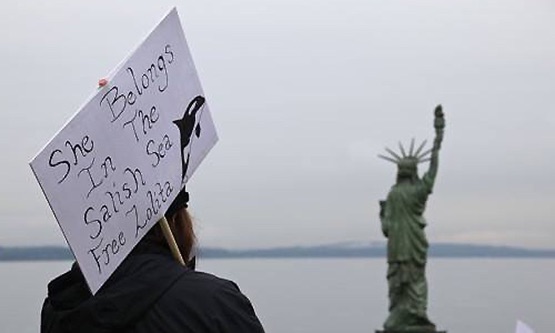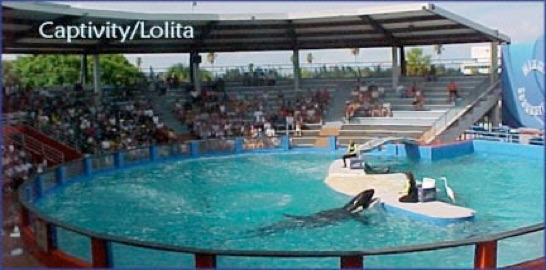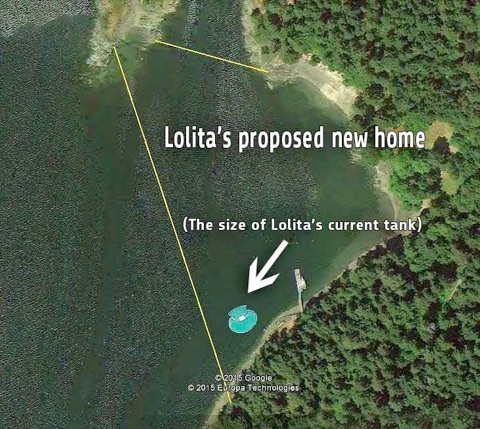

Lolita “Tokitae”





Content copyright 1997 Project SeaWolf Coastal Protection.
All rights reserved.


Lolita “Tokitae”





Content copyright 1997 Project SeaWolf Coastal Protection.
All rights reserved.